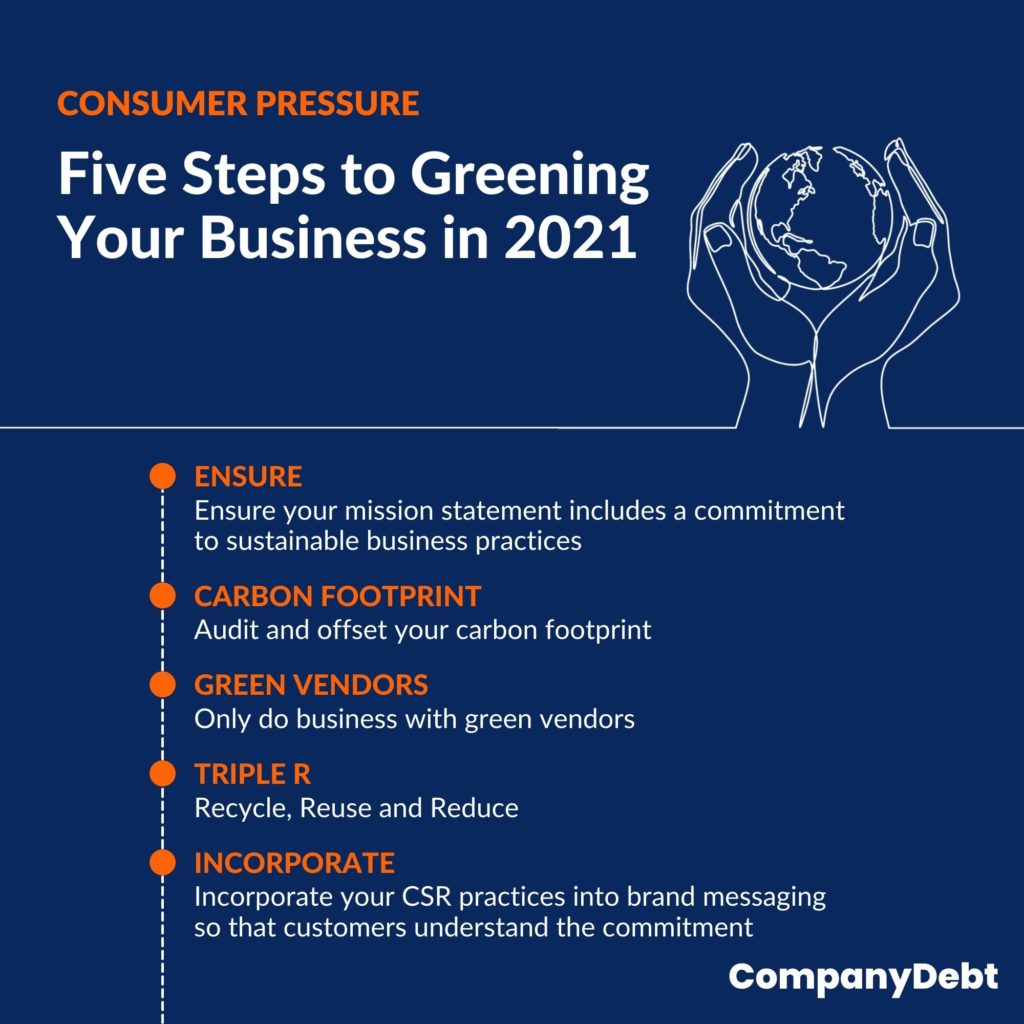
How is Your Business Going to be Affected by Climate Change?
“Companies could lose an estimated one trillion dollars due to climate change, beginning within five years” – New York Times
Part of any business leader’s job is to ascertain the road ahead. What type of environment will your business be operating in next year, or in five years time? What changes could affect your core business model and is it possible to evolve strategies to meet the challenges with resilience?
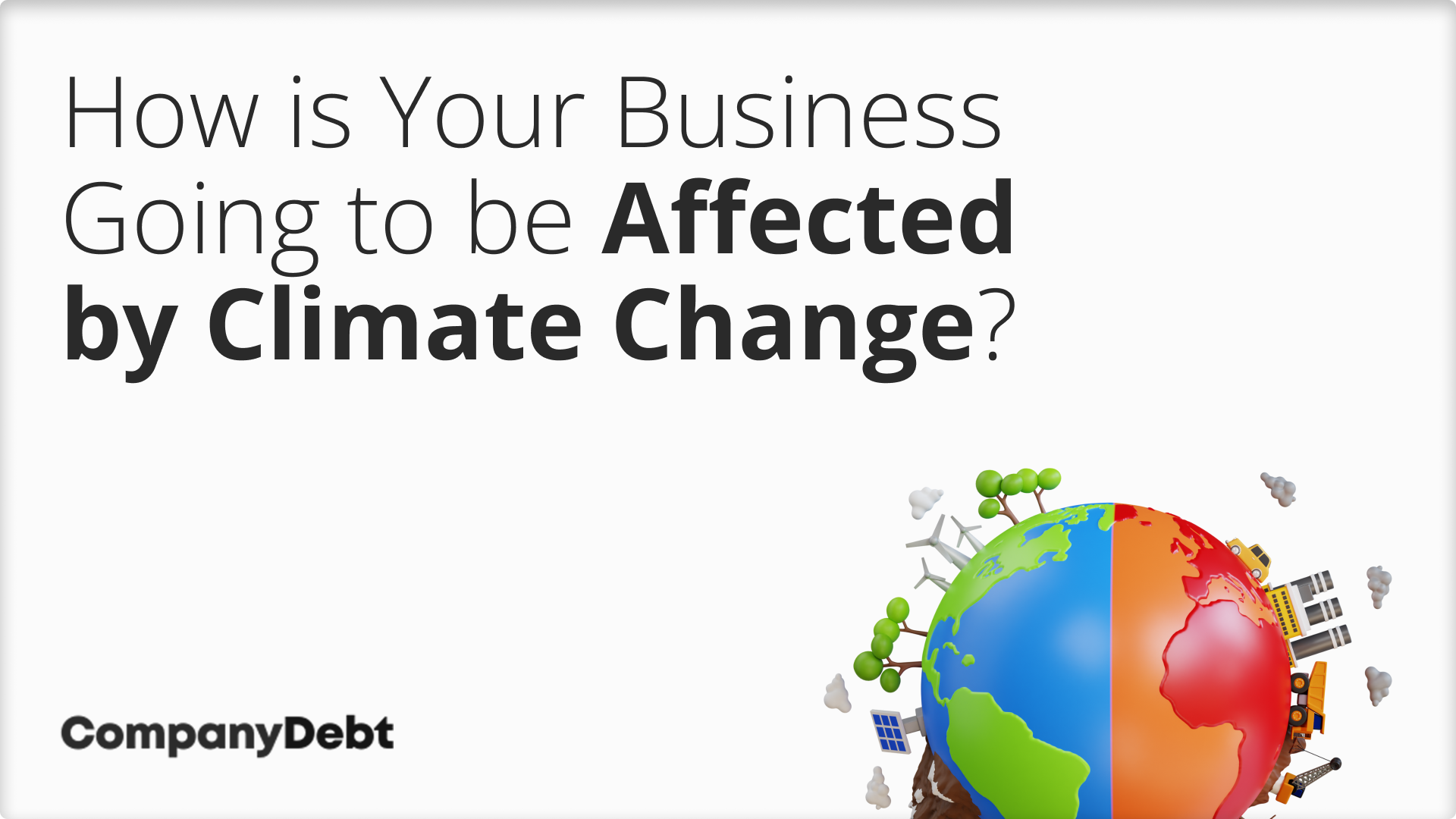
With climate change already beginning to affect every corner of our planet, the impacts on the business community are going to be immense. Wall Street is already including a metric called ‘climate resiliency’ into its calculations, which take into account how much companies are preemptively addressing potential climate impacts on their business model. Those businesses that don’t will likely end up in company liquidation, simply through failing to evolve.
How is Climate Change Going to Impact Business?
Extreme Weather Events
From devastating fires to floods, drought and hurricanes, the latest data shows these events have increased substantially over the last 4 decades, and especially in the last 5 years.
Insurance giant Aon’s 2018 Weather, Climate and Catastrophe Insight Report report described an economic loss of $215bn due to weather disasters in 2018, compared to $438 in 2017. Not only did this make it the fourth costliest year on record at USD90 billion, it highlighted that the the protection gap, (the portion of economic losses not covered by insurance) was 60%.
Insurer Munich Re recently blamed global warming for $24bn (£18bn) of losses in the Californian wildfires while warning that insurance premiums may become unaffordable for ordinary people as the crisis escalates.
For business owners, the key strategy should be risk profiling and stress testing. A recent report by the CDP suggests that the cost of managing exposure is a fraction of potential losses.

Supply Chain Disruption
All businesses, to varying degrees, depend upon wider supply chains. If it’s not directly, as with a company relying on particular raw materials, it may be indirectly via the fact that every business is connected to others via people, entities, information, and resources.
In fact, considerable evidence suggests that the efficiency of any given supply chain plays a key factor in overall business success. According to a survey by Deloitte from 2014, 79% of companies with high-performing supply chains achieve revenue growth superior to the average within their industries. The opposite also holds true in that supply chain failure plays a common role in insolvency.
For many businesses, climate change disruption upon supply chains is a high risk area they are considering very carefully. To give one recent example, Thailand’s severe flooding of 2011 affected more than 14,500 companies reliant on Thai suppliers. Worldwide, this caused business disruptions and insured losses of between US$15 billion and US$20 billion. Western Digital, with one third of the global hard drive market, lost 45 percent of its shipments, HP lost US$2 billion, and NEC cut 10,000 jobs due to a global shortage of hard disk drives.
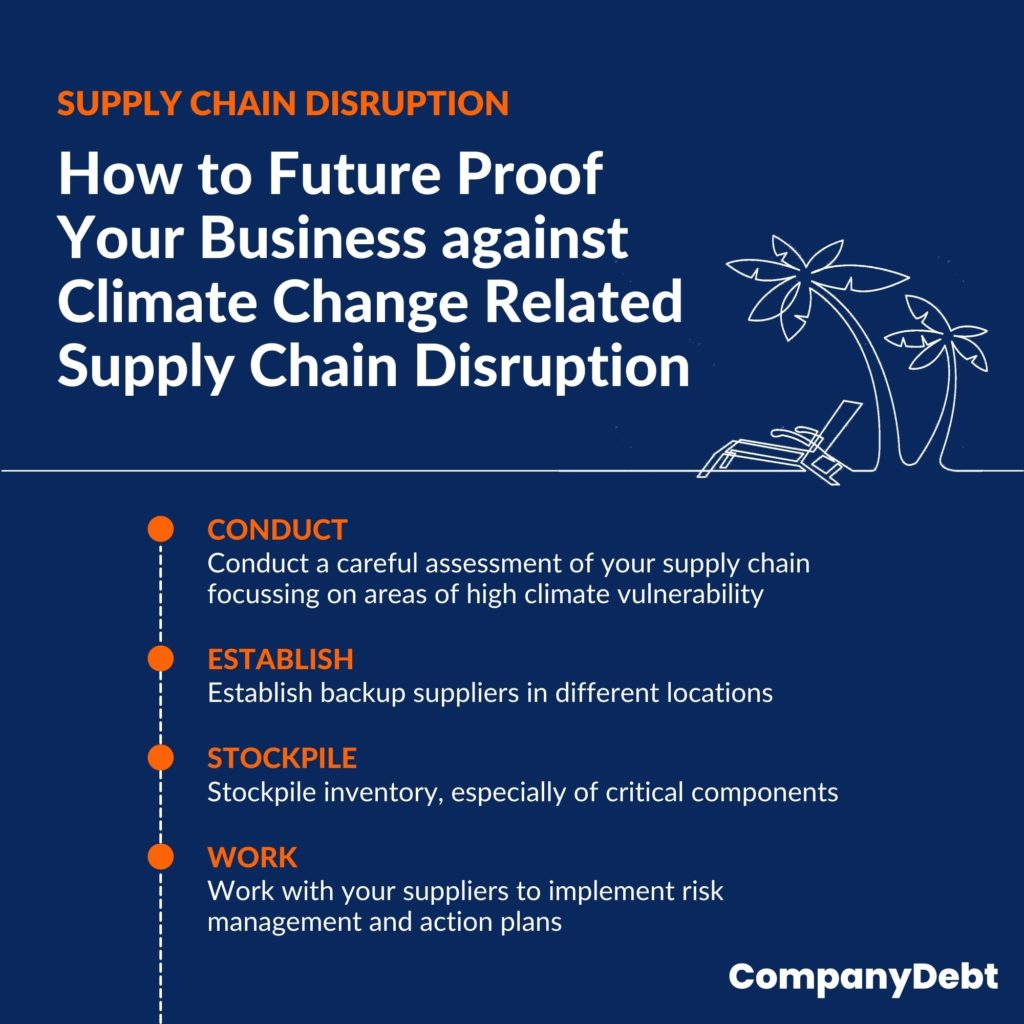
Regulatory Changes
The regulatory impact of climate change is going to be substantial and wide-reaching. The 195 countries, such as the UK, that signed up to the Paris Agreement are striving to achieve a 40% GHG reduction by 2030. As governments strive to reach their targets, legislation will undoubtedly follow.
Emissions regulations for the auto industry have already begun, and have cost $34bn Euros in fines by the end of 2021. Related industries such as sea-borne shipping and aviation will be next in line but, over time, we should expect regulations affecting every industry in turn.
Polluting companies will need to invest heavily in emissions reduction, and we’re going to see domestic emissions trading schemes and legally binding targets within a short space of time.
Many larger companies have implemented internal carbon pricing (ICP), effectively a shadow price added to future investments and operational costs, as a means of protecting themselves against future external carbon-pricing policies and related regulations.
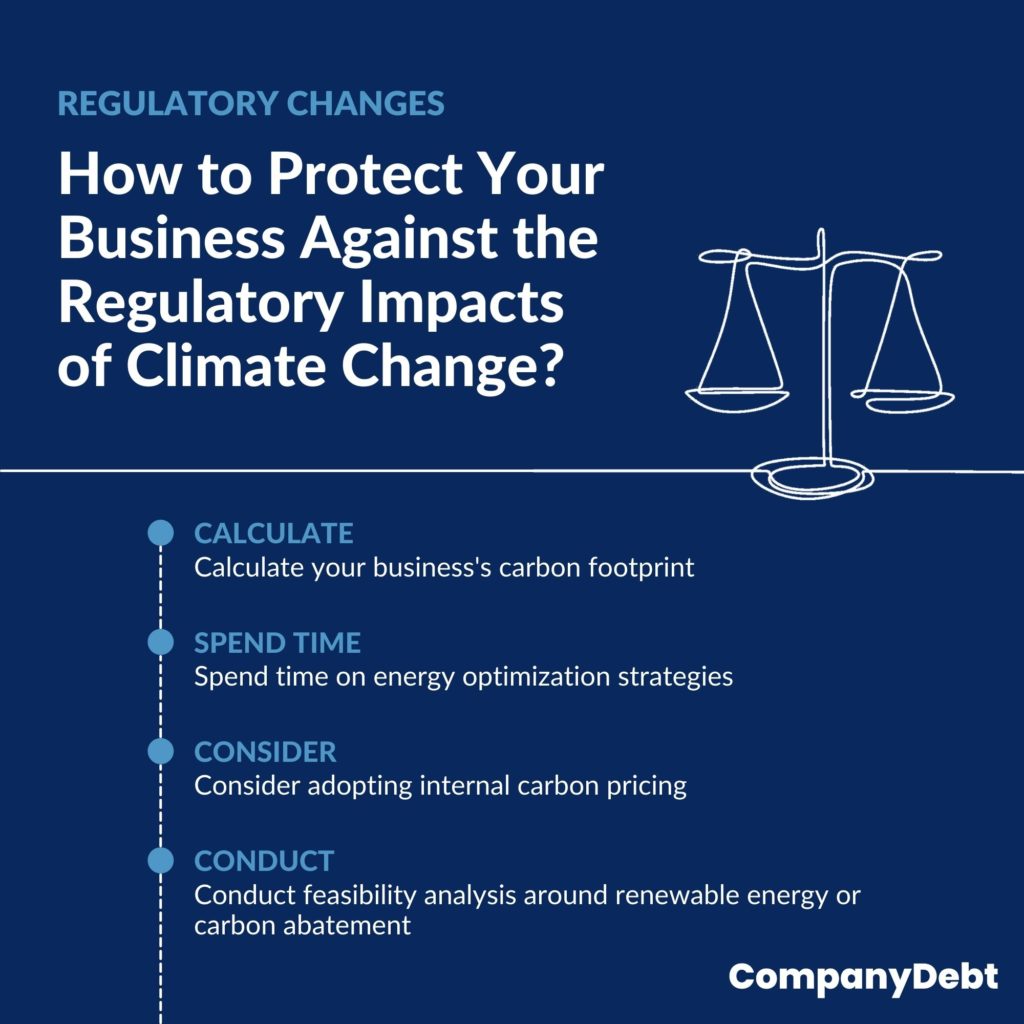
Employee Wellbeing
Maintaining a happy, productive workforce is a focus for any company, but climate change is adding a whole new area of concern.
Extreme weather events are already impacting workers via heat stroke, as well as indirect effects such as the changing distribution and transmission patterns of vector-borne diseases, malnutrition, water and sanitation problems, and injuries. (ref) By 2045, nearly half the world’s population (47%) will live in countries categorized as at ‘extreme risk’ for heat stress (ref)
A recent report by the Internal Labour Organisation highlights how climate change mitigation strategies combined with adaptation investments should be widely adopted by the business community, right down to micro-sized enterprises who are well placed to develop locally relevant adaptation solutions.
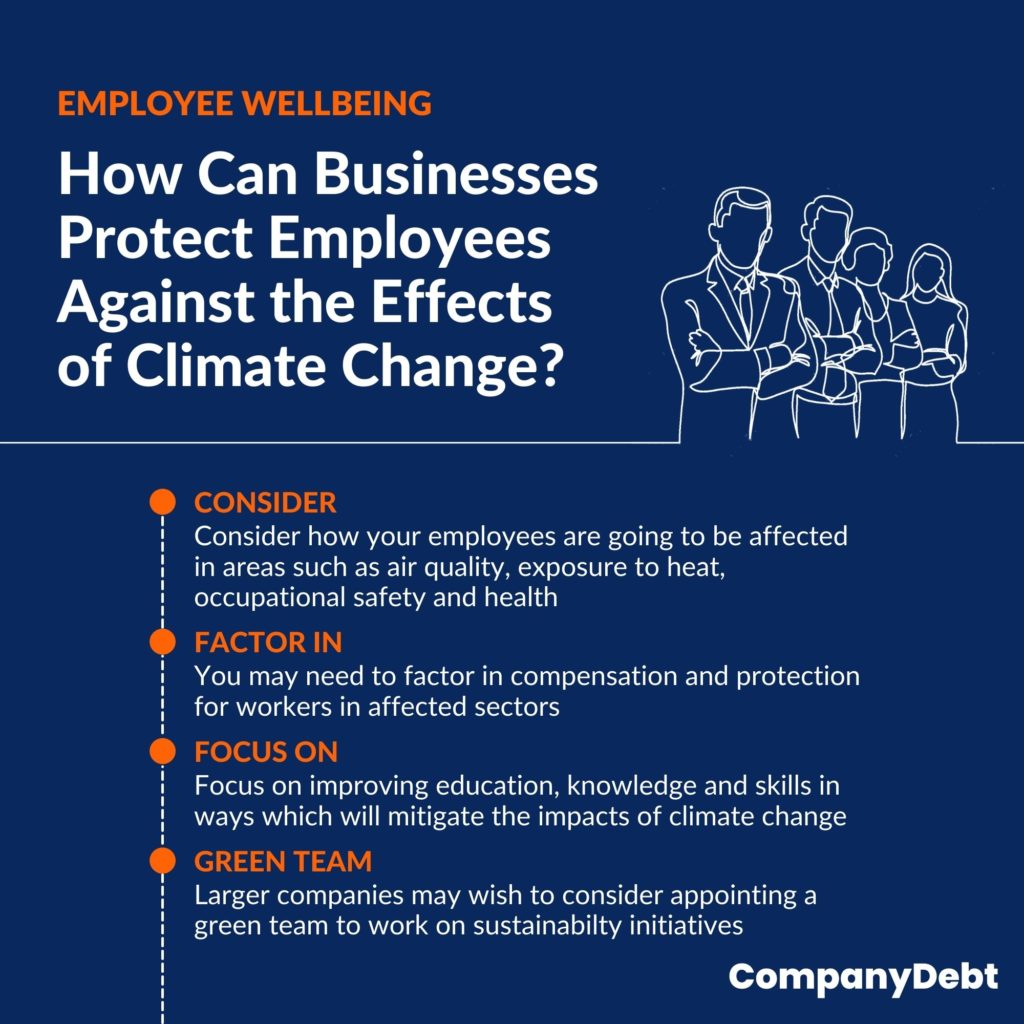
Changing Demand
As the owners of Blockbuster Video found out, a changing marketplace can end even the most well-established business simply because demand disappears. If you’re in a business that sells fossil fuel-dependent products, you may already be feeling the ways in which climate change will impact your revenue stream. The American company General Electric cost its investors $193 billion between 2015 and 2018 because it overestimated demand for natural gas and underestimated the transition to renewable energy.
But it’s not just the polluters who are going to feel it. The European ski industry, for example, may all but disappear by 2100 along with 70% of their snow cover. Acidifying seawater could end the fishing industry, meat-related industries will suffer as livestock farming decreases, and winemakers could be wiped out by even minor shifts in temperature and precipitation patterns.
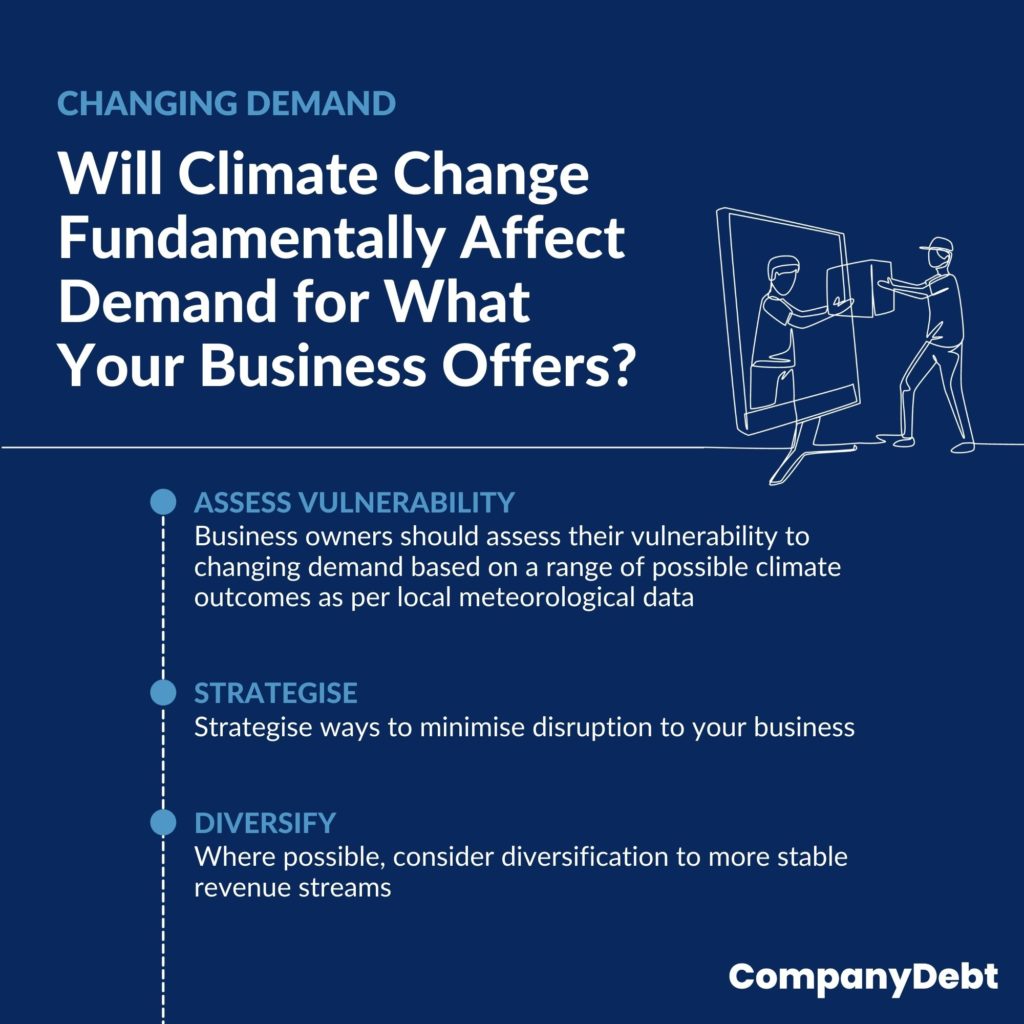
Consumer Pressure
A 2015 survey by Nielsen to 30,000 people in 60 countries, showed that sales of consumer goods from brands with a demonstrated commitment to sustainability grew more than 4% globally, while those without grew less than 1%. The report didn’t merely show that corporate social responsibility offered a competitive edge in certain sectors, but that for younger people, such as millenials, it was an important requirement.
Another report suggested that 87% [of millennials] would be more loyal to a company that helps them contribute to social and environmental issues.
With these statistics in mind, businesses should recognise that a failure to adopt green business practices is likely to result in the loss of market share as customers move towards brands they feel reflect their worldview.
